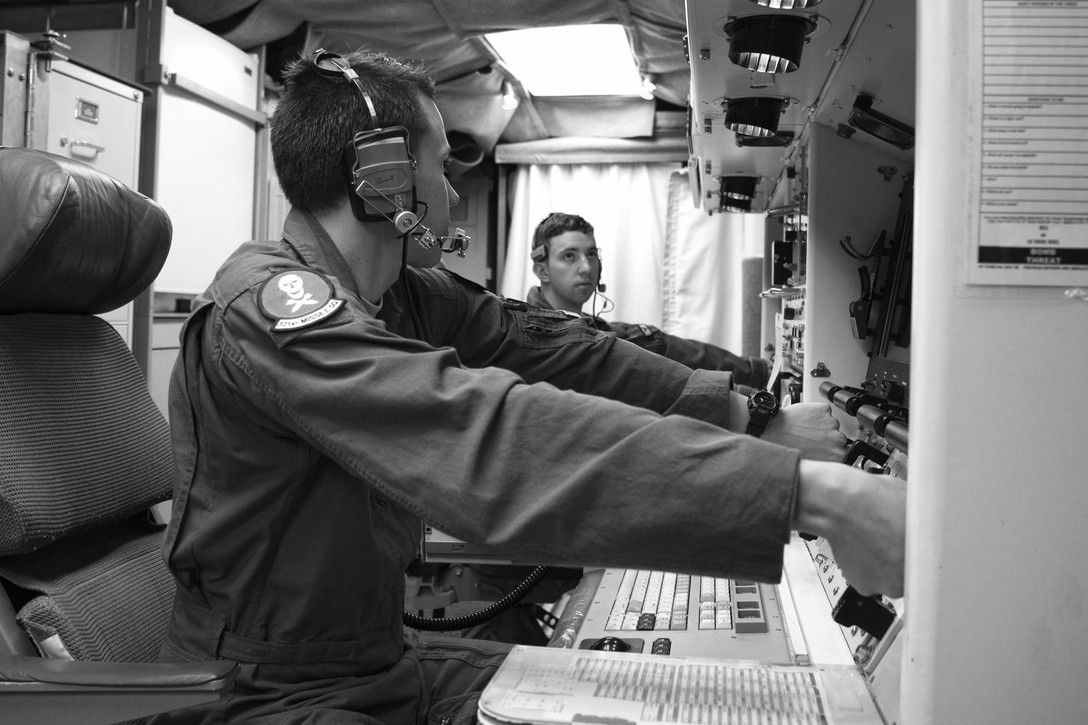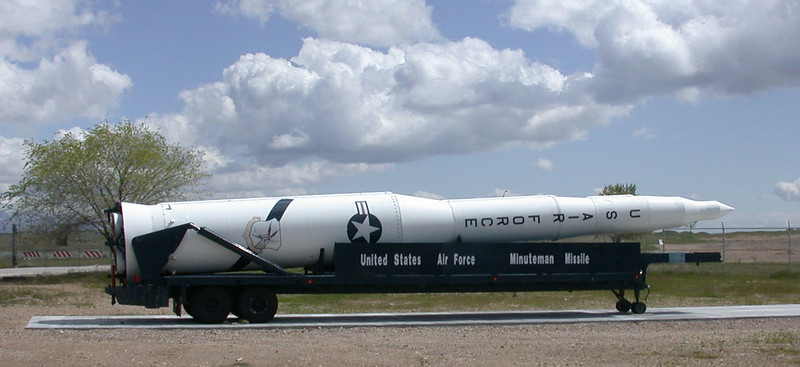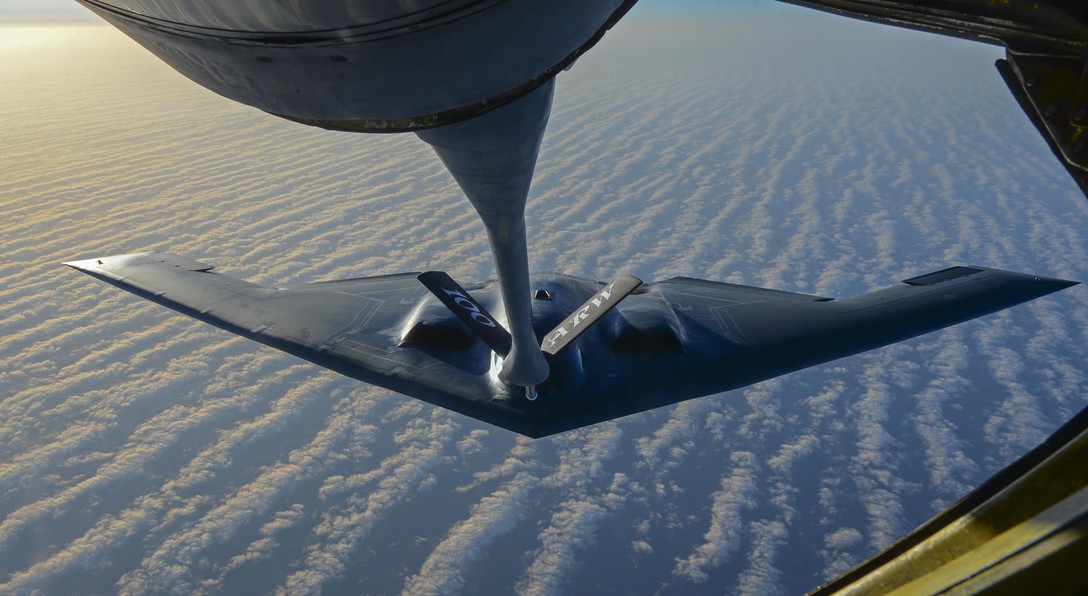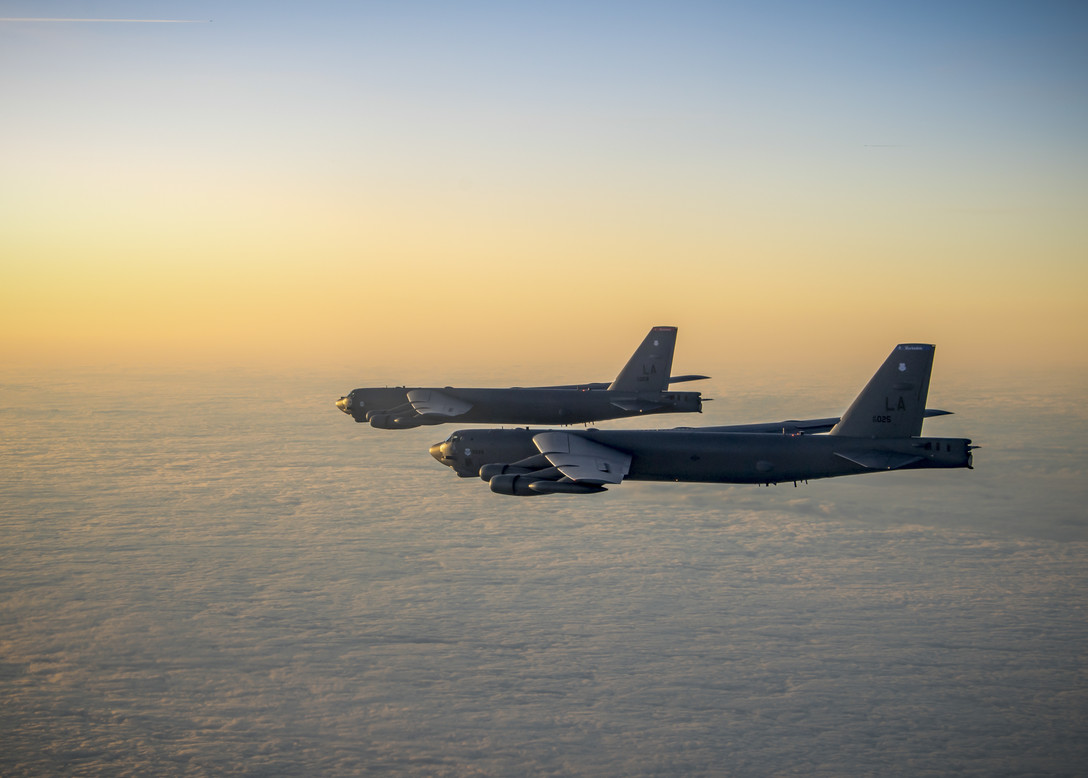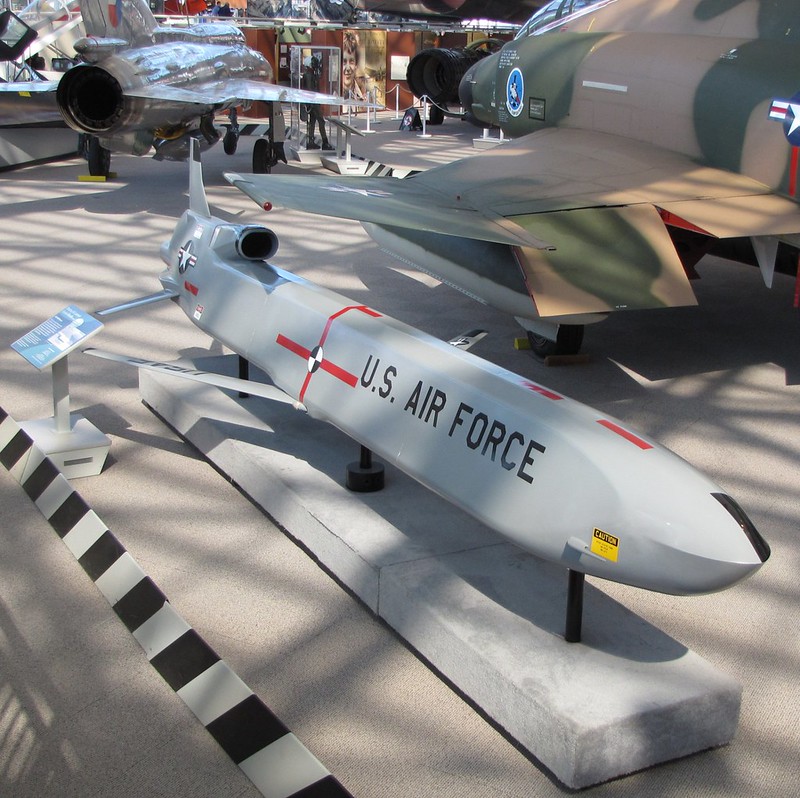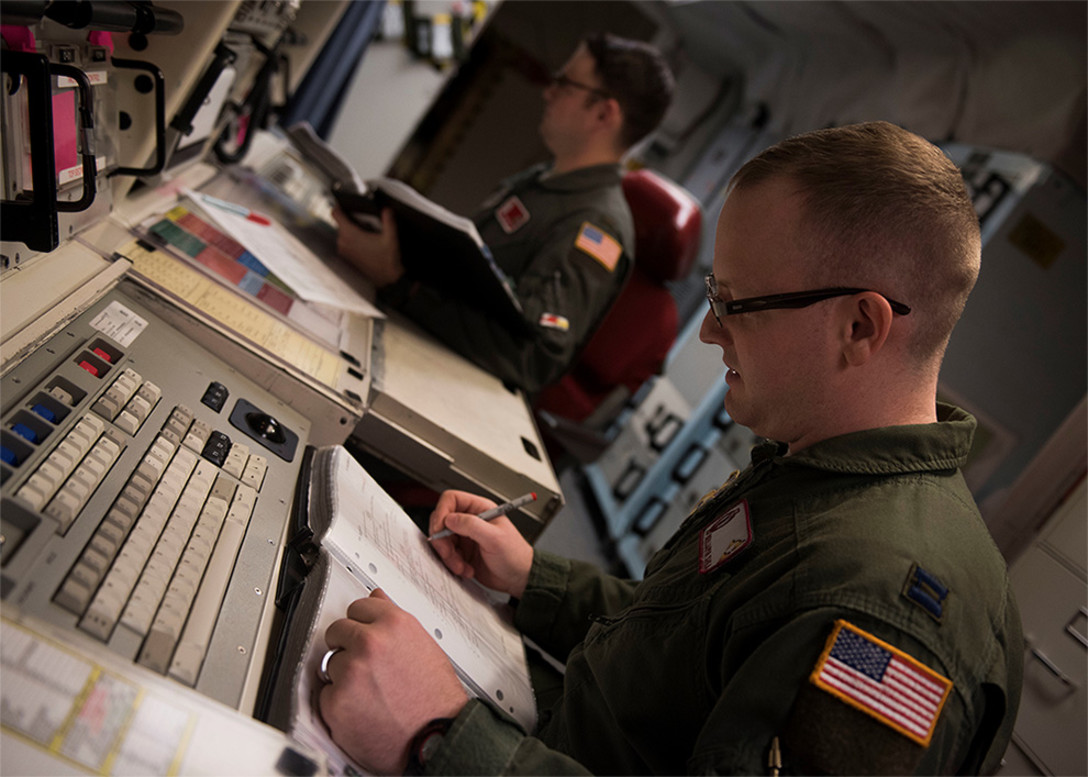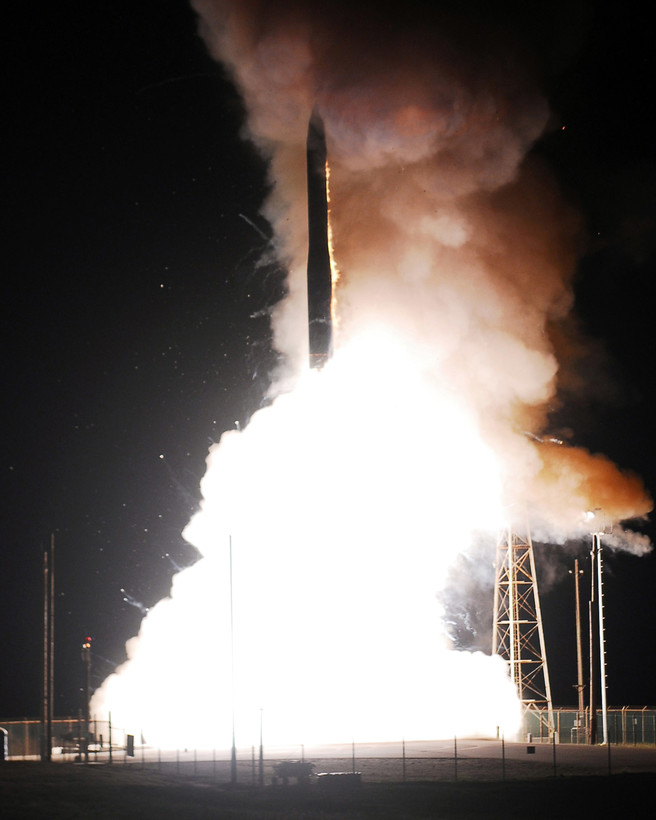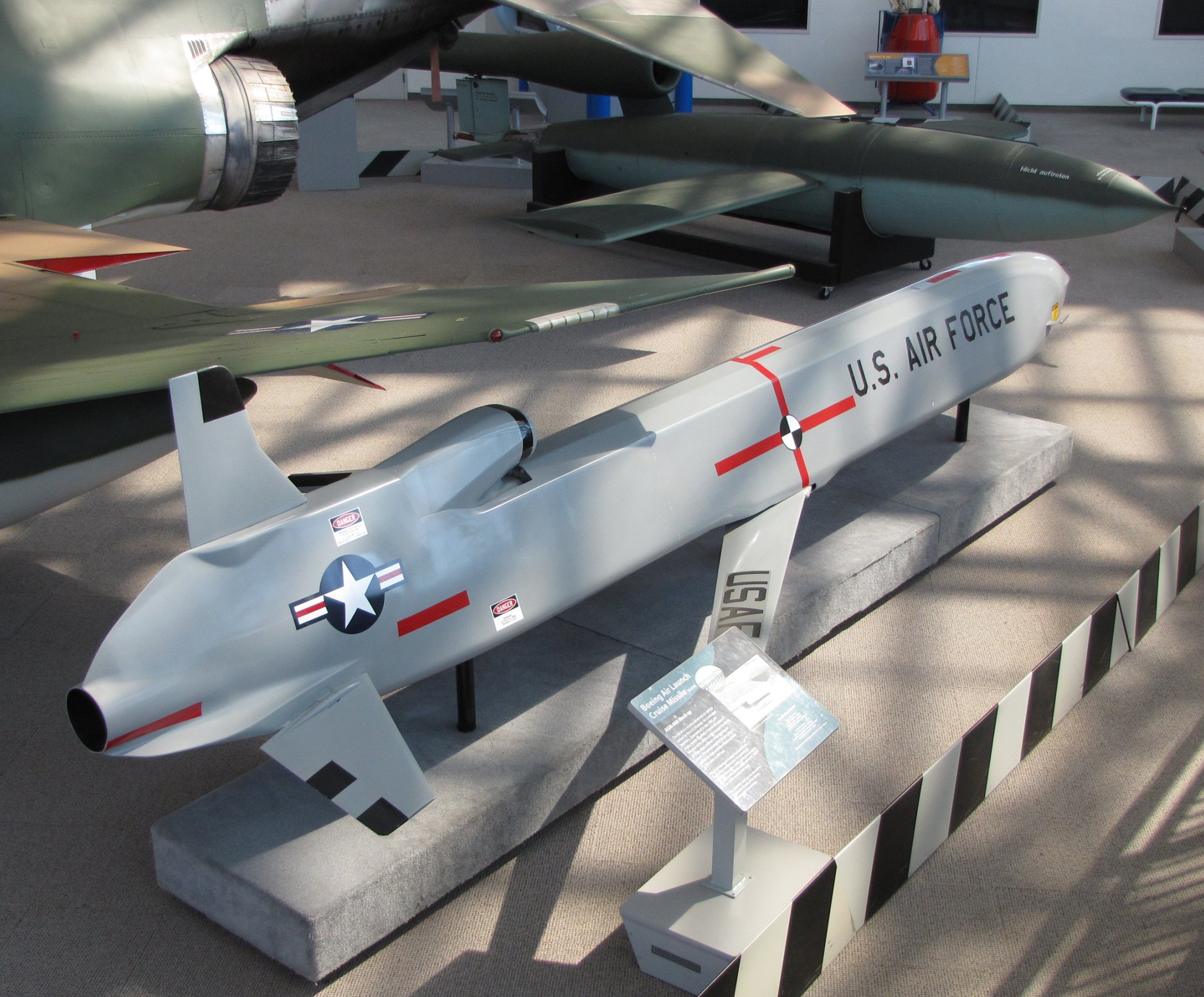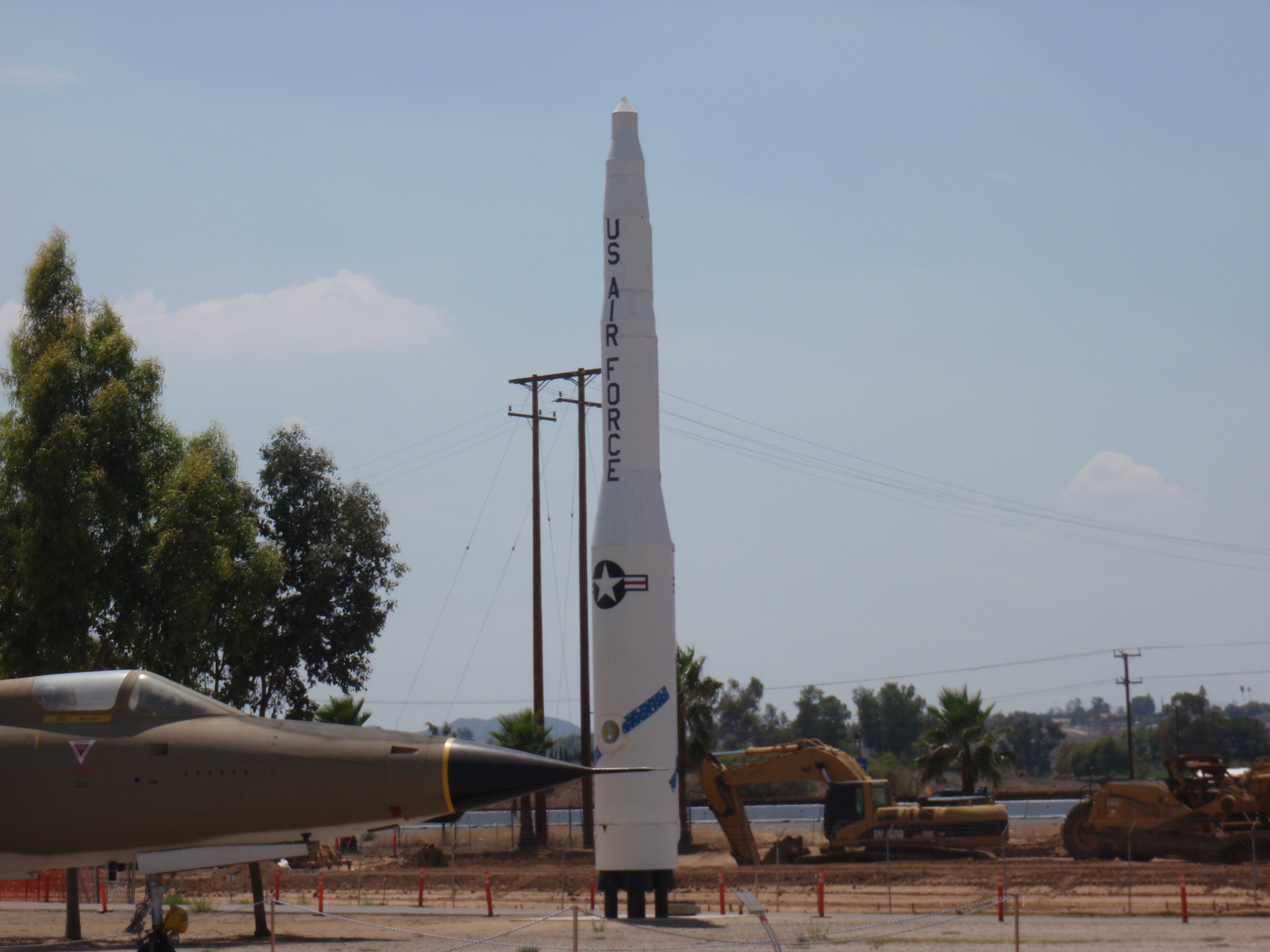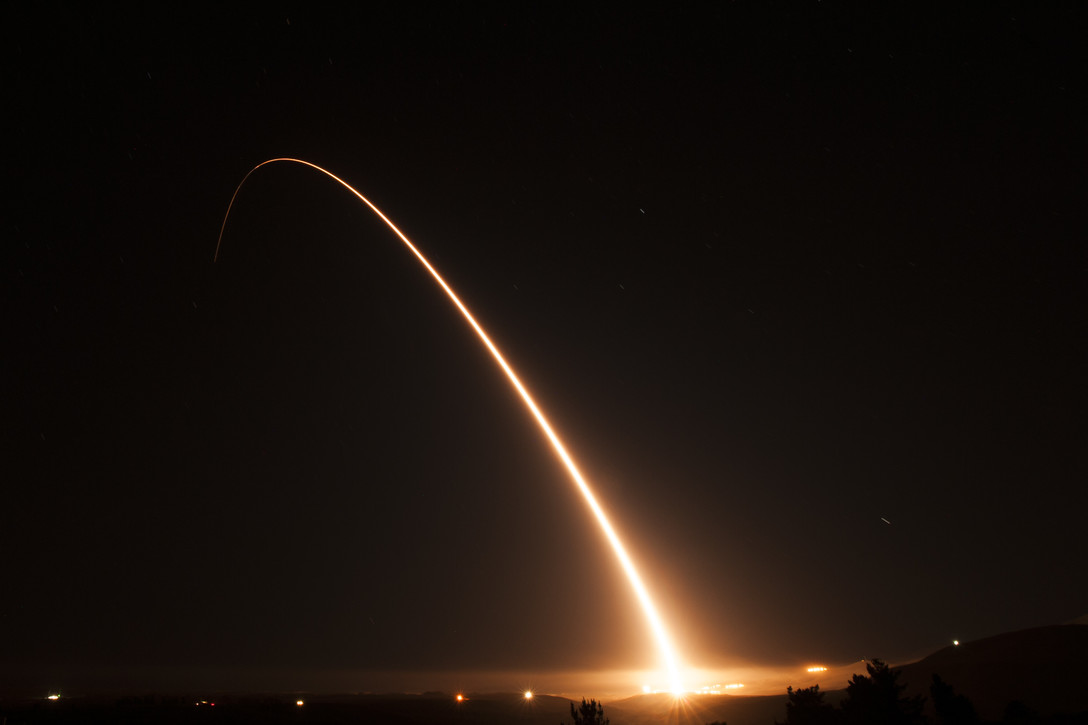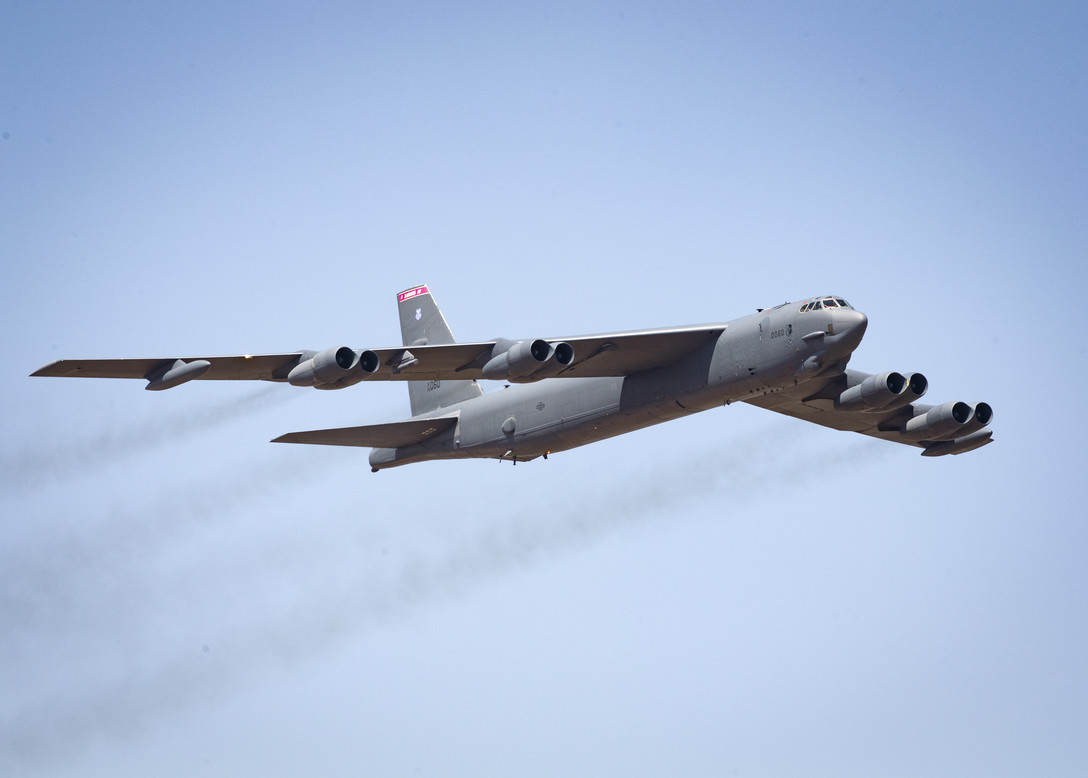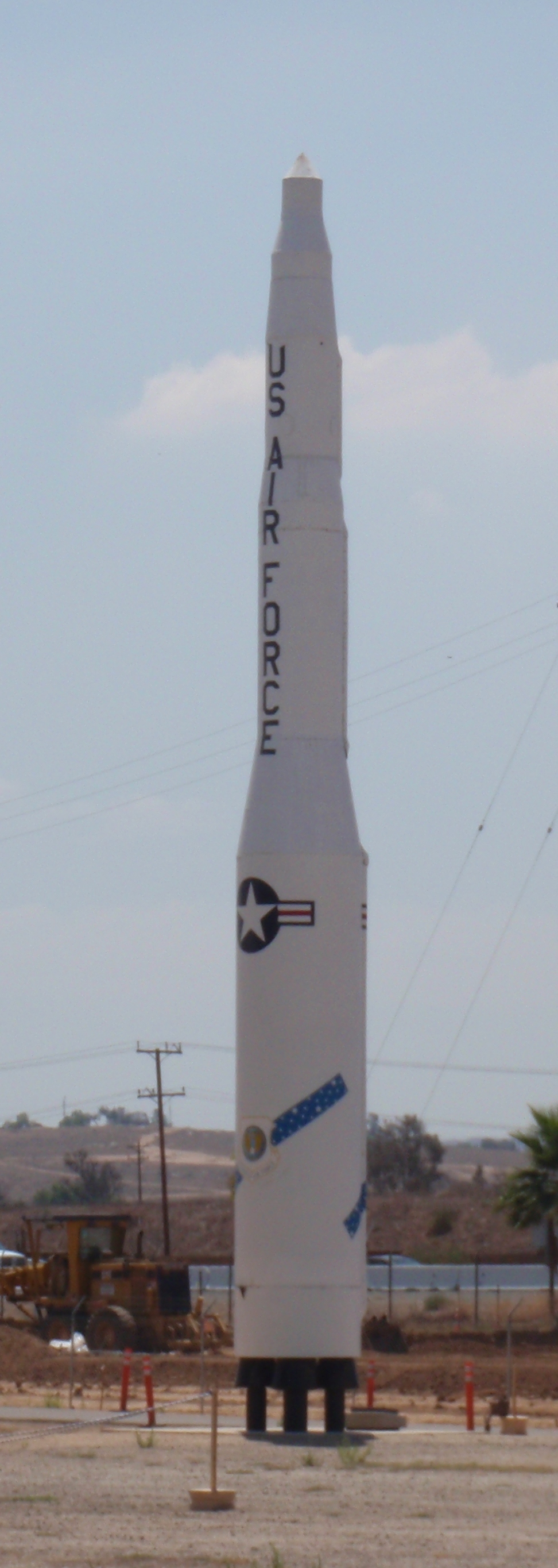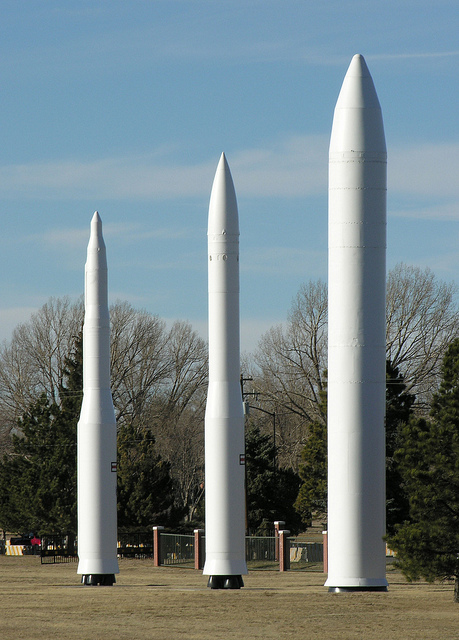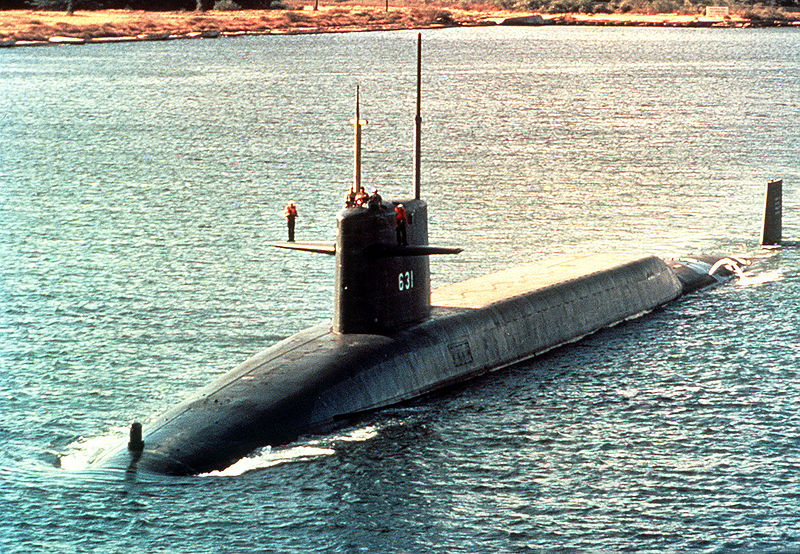
Came across a superb resource during my research on nuclear armaments: Physics and Nuclear Arms Today (Readings from Physics Today)
(Update 4/2/20: Title of post revised.)
The book has articles from the early 1980s through 1991. Lots of good stuff. I bought the book especially for one article from 1983 dealing with US and Soviet nuclear forces. The gold mine in that article was a detailed inventory of strategic weaponry as of 1990. It gives a detailed listing of U.S. and Soviet land, submarine, and air based strategic weapons, including count, yield, equivalent megaton, and circular error probable (CEP). Lots of info I’ve been looking for a long time.
Information in that table is credited to The Military Balance 1989-90. At a price of over $200 for the paperback, don’t think I’ll be buying my own copy.
This post will give info on US weapons. Next post will describe the Soviet inventory. Third post will make some comparisons. Width limits on web pages mean there will be multiple tables. Continue reading “Inventory and accuracy of U.S. nuclear weapons in 1990.”
